Not anywhere interesting, apparently
Where the Heart Leads is one of the most confusing games I’ve ever played. Not because I couldn’t get past the tutorial, but because I was constantly baffled by the choices the devs made in creating this game.
The game follows Whit, a father and family man, who falls down a sinkhole that opens up in his front yard. This starts him on a journey through his memories, and it certainly goes to some… unexpected places.

Where the Heart Leads (PS4 [reviewed], PS5)
Developer: Armature Games
Publisher: Armature Studio LLC
Released: July 13, 2021
MSRP: $24.99
Before I get into all that, let’s start with the positives. Where the Heart Leads looks really pretty. It’s got that low-poly, highly saturated thing that has become synonymous with indie games nowadays, but I’d say that’s its greatest strength — it looks the part for a choice-based narrative game.
I also really enjoyed the inventory system, which gives you different journal entries and artifacts as you explore the world. The journal entries are par for the course, but I did like the inclusion of various bills, flyers, tickets, etc. For a game that feels like it’s supposed to be based in a community, I liked the inclusion of some different kinds of artifacts to look at that made businesses and events of the characters’ hometown feel more real.
Another thing I liked was how the player character moved through the environment. I didn’t find myself getting caught up very often, and it was always at a good pace. Even in the bigger environments, it never felt like I was just waiting for my character to go where I wanted him to so I could move on, which was nice.
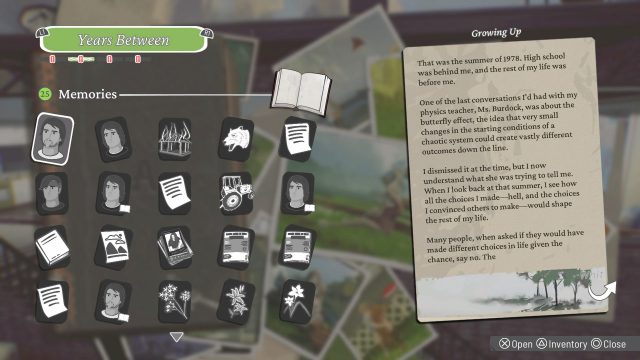
But, unfortunately, that’s about where my pros for this game end. And I have a lot of cons.
The biggest thing working against Where the Heart Leads is its story. Normally I’m not as strict when critiquing a game’s story (it’s not Shakespeare, right?), but when the whole shtick is that it’s a choice-based narrative, I feel like that has to come into play a bit more.
And this game’s story… just wow. For starters, there is absolutely no narrative structure whatsoever. The whole time I was playing it, I had absolutely no idea where I was in terms of any sort of act structure. Something happened about halfway through and I honestly couldn’t tell if it was supposed to be an inciting incident or a climax (turns out it was neither).
Naturally, the pacing is also all over the place. Honestly most of this game is just running around and running errands for other people. It never feels like there’s any sense of discovery — instead, someone tells you to do something and you just do it. It’s like the paint-by-numbers of gameplay.
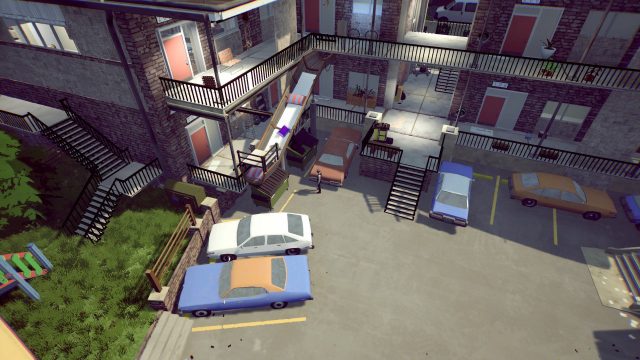
The result is that Where the Heart Leads feels like it’s wandering around in circles, and no substantial development happens in terms of plot or characters. Very few plot points happen that have any substance to them, but when something does happen that promises any sort of conflict or intrigue, it’s dropped, never to be seen again.
Then there’s the characters. None of these characters seem to develop in any way. And this is a 10- to 12-hour experience. The fact that we went that long without any change or any semblance of an arc is baffling to me.
Take the protagonist, Whit. From the beginning, we get the sense that Whit cares for the people in his life, and is constantly going out of his way to help them and look out for them. A commendable characteristic, in and of itself. It certainly justifies the gameplay of going around and completing tasks for anyone and everyone in town, but ultimately it’s never developed further than that.
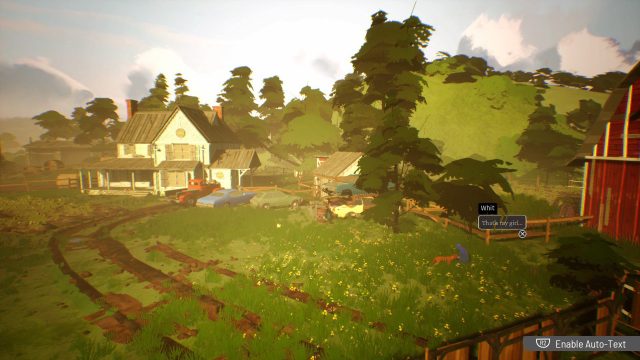
Why does Whit feel the need to set his own needs aside for the sake of others? How does this impact what he thinks of himself and others? Is he happy with this situation? Does he secretly wish he could leave it all behind and start a new life that’s focused entirely on himself? We will never know, and that’s a shame, because Whit ends up feeling as generic and tasteless as an untoasted piece of white bread.
Then there’s Sege, Whit’s hopeless artist brother. Of all the characters in this game, Sege certainly had the most promise in terms of where his character could go. Sege’s whole deal is that he’s a misunderstood burnout artist with a flair for the flamboyant. It’s certainly a cliché, but plenty of writers have spun gold from straw.
Most frustratingly, Sege’s character went nowhere. Even in one of his final scenes in the game, he is telling Whit about his struggles to sell his sculptures, how he’s broke because of it, and whining about how no one will take his art seriously (which is entirely unjustified because there is not one, but two scenes where the entire town is standing around, cartoonishly applauding him for his work). I cannot stress enough how frustrating this was to see, because this was where his character was every step of the way. When I say zero character growth I mean it. Also, did it never occur to this guy over the course of his entire life that maybe he could work a day job and still do art?
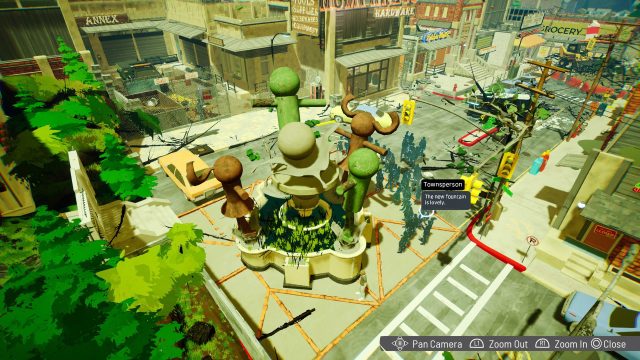
And these are just the two most prominent characters. Everyone else feels like set dressing, just some people around to give you something to do. There’s not a lack of characters here, but none of them — main, side, or otherwise — grow past their starting place, and I think that’s a real shame. It also didn’t help that every side character in Where the Heart Leads is the grey silhouette of a person rather than a fully rendered character model, which made it impossible to tell them from each other or attribute any defining characteristics to them.
I’ll be honest, the end of this game had me in tears. Not because I was so moved by the conclusion of the story, as I’m sure was intended, but because I was laughing hysterically at the fact that, true to form, the events that were happening in front of me had absolutely no thematic relevance to what had happened previously. Just take all the heart-wrenching, tear-jerking tropes and put them in a blender, I guess.
From the beginning, we get this mystical frame story as our inciting incident when Whit falls down the sinkhole. The whole “I need to get back home and I’m reliving my memories along the way” thing felt… tired, but I’m a staunch believer in the idea that any premise can be compelling if it’s executed well. The thing about this frame story was, unfortunately, that it wasn’t consistent at all as the game went on.
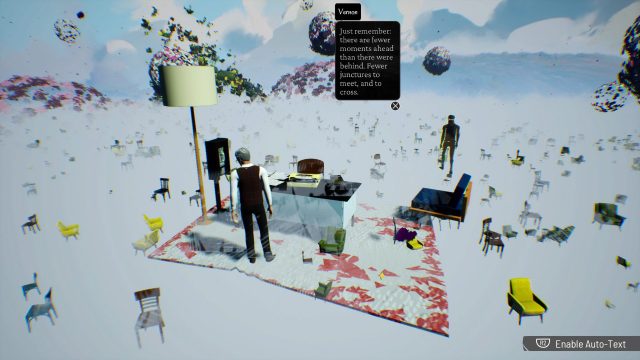
At first you’re just reliving a memory that is placed in your path, then you’re transported into the memory and play long stretches of time, then there’s a ghost and you go to a dream world in the clouds, and you’re bopped around to all kinds of different characters and places. Where the Heart Leads spends so much time throwing you around, it doesn’t give you time to find your footing. Plus, the frame story changes the rules on you about halfway through, rendering it entirely ineffective.
Mechanically, it’s standard fare — point-and-click, collectibles, conversations with choices, and building things (which only entails holding square). All in all, these are mechanics that work really well within the genre, but that’s usually because they are in service of the story. When the narrative feels detached and somewhat random, the gameplay feels tedious and boring as all hell. Who wants to spend an hour of gameplay helping their down-on-his-luck brother play House Hunters? Not me.
This structure doesn’t work narratively, or in terms of gameplay. At that point, there’s not much else you could offer. If you were to close one eye, squint the other, and turn your head, Where the Heart Leads looks like a really beautiful and compelling choice-based adventure game. But, when you look closer, well, it just lets you down.

The shame is that when I first saw the trailer for Where the Heart Leads, I remember being excited because it looked like it was right up my alley. Unfortunately, it relied too heavily on the tropes of the genre and, while those were the exact tropes that drew me in, it became much more style than it was substance.
There were also some smaller things that bugged me too: for one, the UI pretty much looks like the sample menus you use when you’re learning Unity for the first time. It just really lacks personality, but that seems to track with what I think of the rest of the game.
There was also an auto-scroll feature for the text, which was nice because it wasn’t voiced and you had to push X to get it to go to the next line. However, even this small feature had some issues — it scrolled entirely too fast to be useful (and I’m a fast reader), and the UI for it wouldn’t go away from the lower right corner, although I got the message in the first twenty minutes of the game.
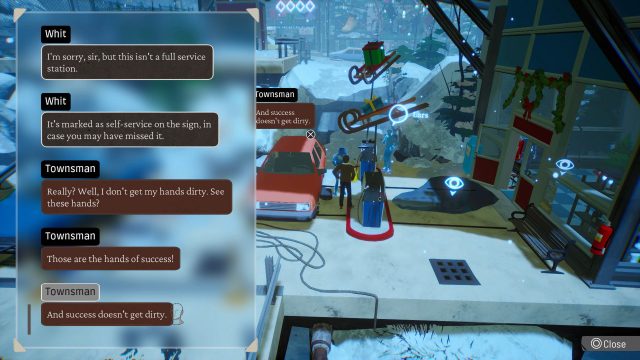
Where the Heart Leads seems to suffer from a real lack of polish — typos were rampant, and I noticed quite a few bugs, especially in the latter half of the game. It honestly seems like lopping the runtime at least in half would have solved a lot of its issues. It would certainly allow more time for the final bit of polish to be taken care of, and the story would benefit from condensing it down.
Now don’t get me wrong — I am the target audience for this game. If anyone was going to love it, it’s me. I really appreciate the fact that Armature took the chance to do something different than the rest of its catalog. But taking a chance on something new means a greater risk of a big swing and a miss, and unfortunately, that’s what we got.
One of the biggest problems I have with this game is that it lacks a certain earnestness — it feels more like some guys ran an AI through some Annapurna games, and this is what it came up with. It’s constantly reminding you of how much your choices have meaning (an explanation of the butterfly effect evoked an especially-annoyed eye roll from me), and called its own dialogue “deep” on multiple occasions. I would find this level of self-aggrandizement obnoxious regardless of where it shows up, but the fact that it’s in a game where the story and game design don’t work on any level makes it all the more egregious.
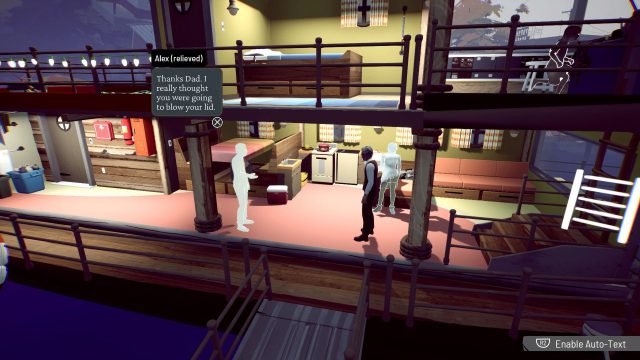
I just wanted it to pick a perspective and tell me something meaningful about it. It felt like rather than coming from a truthful place with a theme they wanted to explore, the creators just made what they felt like an indie game should be.
All in all, I wish I could say that playing Where the Heart Leads was fun — I was really rooting for it, and hoping it would rise to the occasion. But, regardless of how long I held out, playing this game turned out to be a pretty miserable experience, and one I would have given up about an hour in if I didn’t want to finish it for this review.
This game bit off more than it could chew, it seemed, and when you try to say too many things at once, you don’t end up saying anything at all.

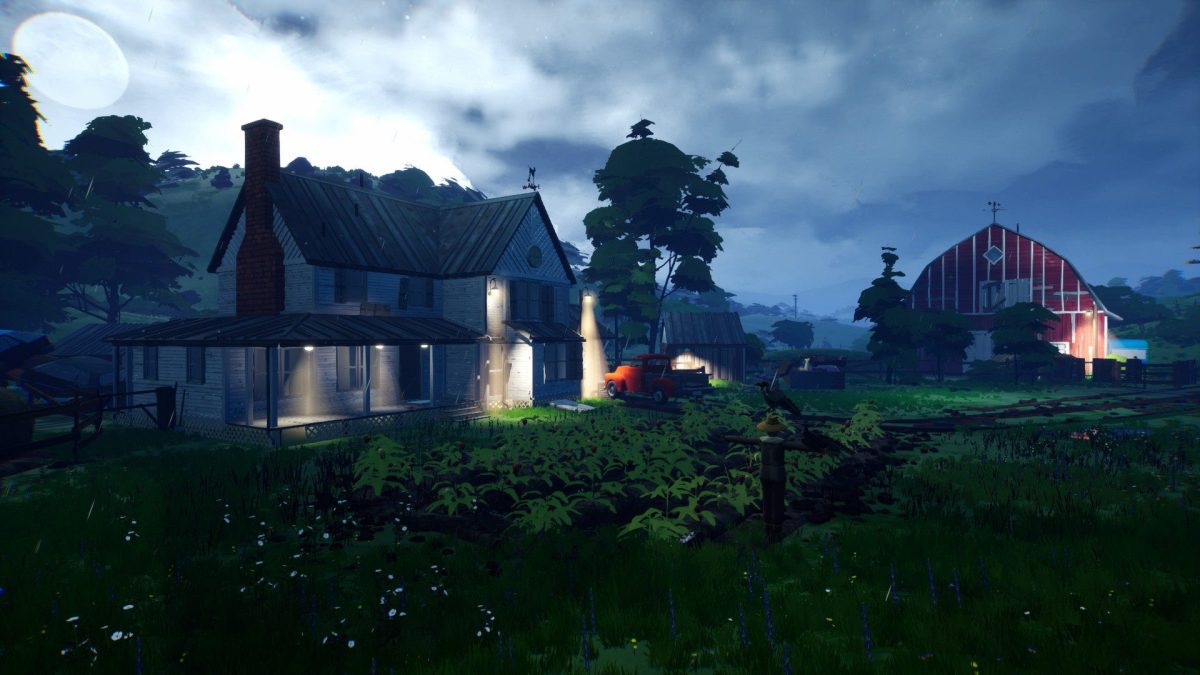
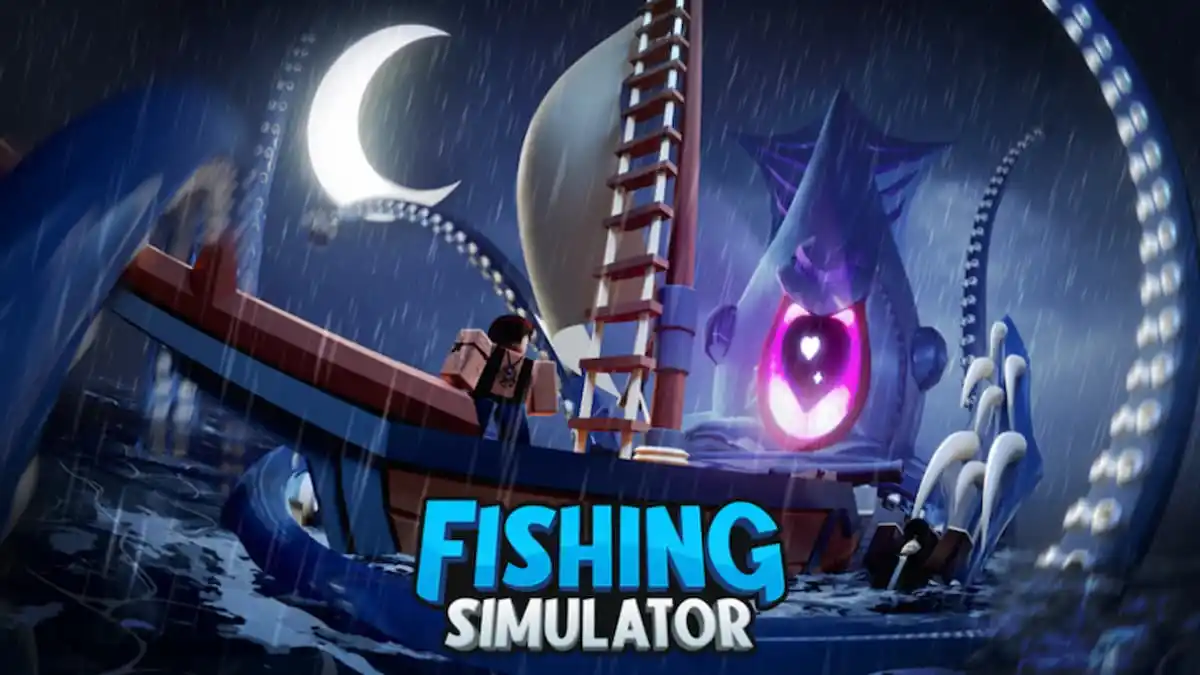
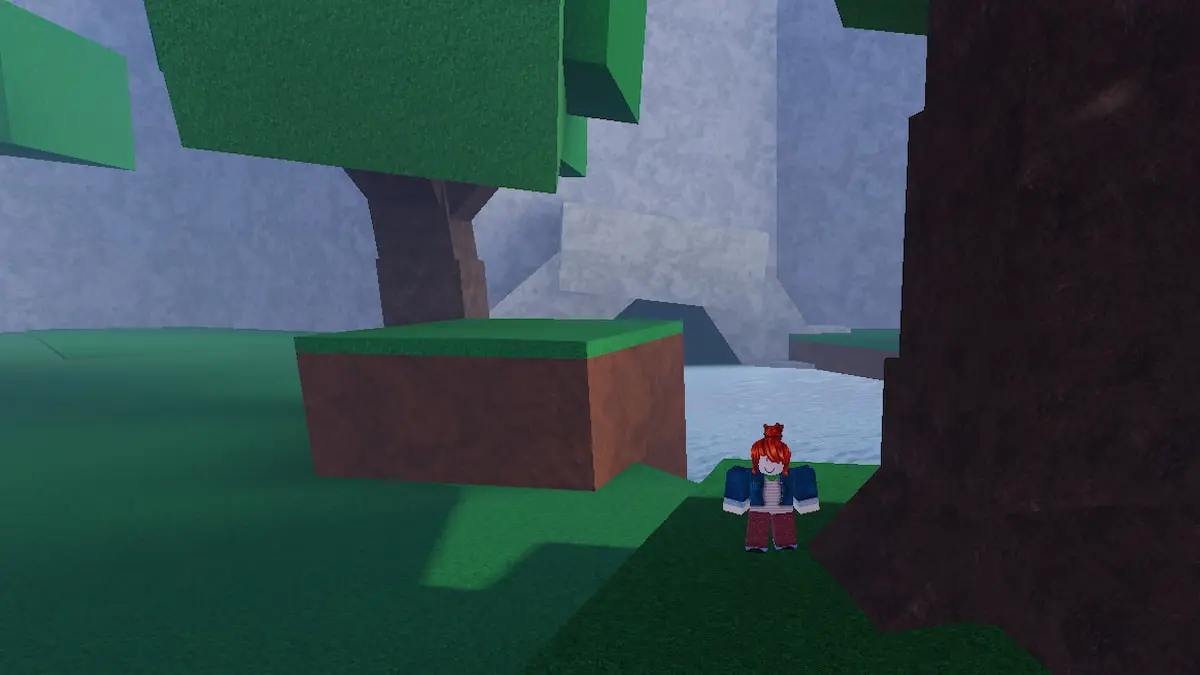

Published: Aug 1, 2021 10:00 am